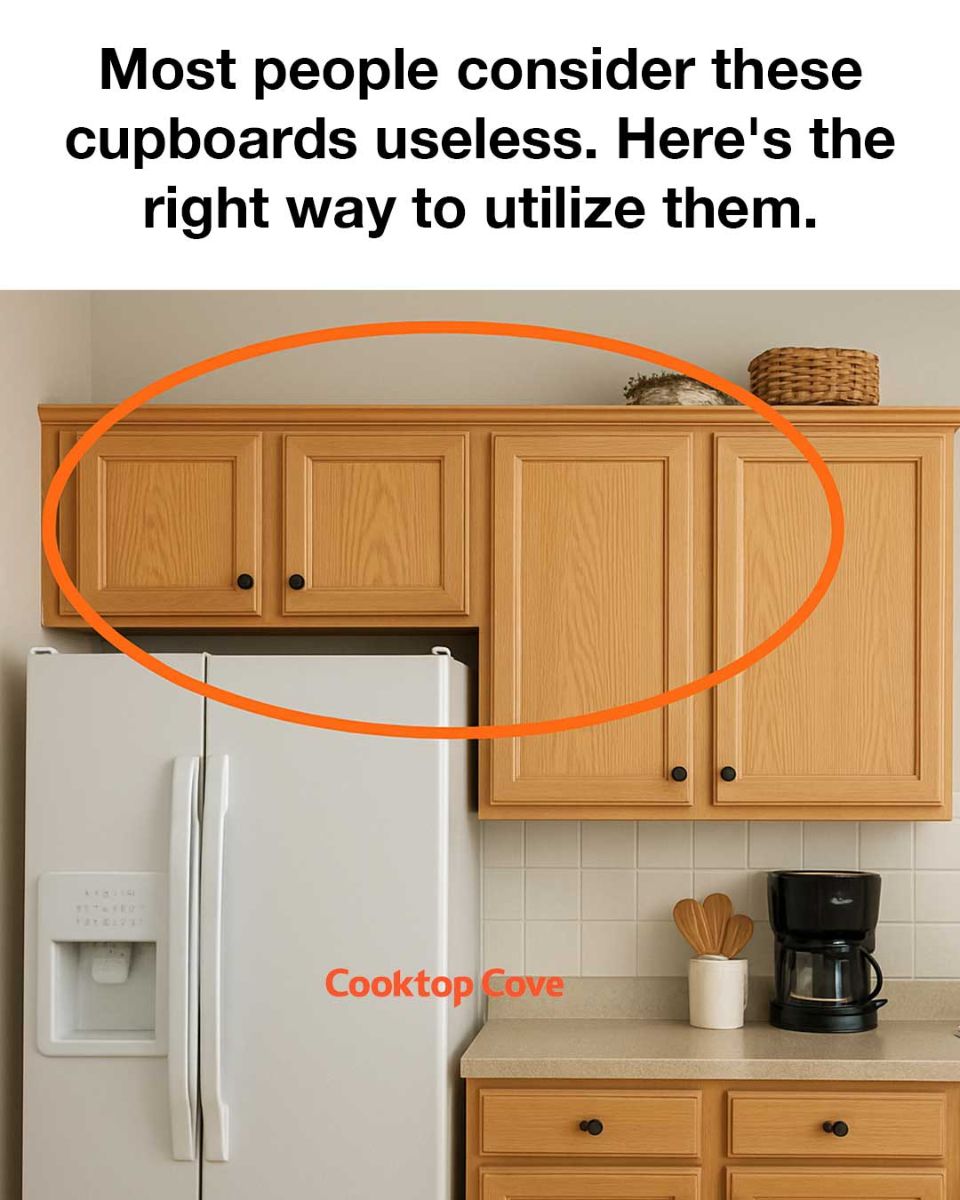In many homes, there are certain cupboards that are often overlooked or considered useless. These are usually the ones located in hard-to-reach places, such as above the refrigerator or in the corners of kitchens. However, with a bit of creativity and organization, these spaces can be transformed into highly functional storage areas.
Maximizing the use of every cupboard in your home not only helps in decluttering but also makes your living space more efficient. By rethinking how we utilize these neglected spaces, we can enhance our home organization and make everyday tasks more manageable. This article will guide you through innovative ways to make the most out of these overlooked cupboards.
1. Understanding the Overlooked Cabinet Space
The first step in utilizing these cupboards is understanding their dimensions and potential. Often, these spaces are awkwardly shaped or positioned, such as the narrow cupboard above the fridge, which might be 12 inches high and 24 inches deep. These dimensions can make it difficult to store standard items, but they are perfect for specific uses.
Consider the corner cabinets that are deep and hard to reach. These spaces can be up to 36 inches deep, making them ideal for storing items that are not used daily. Understanding these measurements allows you to plan effectively and choose the right storage solutions.
2. Storing Infrequently Used Appliances
Many kitchens have appliances that are not used daily, such as waffle makers, slow cookers, or ice cream machines. The cupboards that are harder to reach are perfect for these items. For example, the space above the refrigerator can be used to store a slow cooker that is 10 inches high and 15 inches wide. This keeps your countertops clear and your frequently used cupboards available for everyday items.
By categorizing these appliances and storing them in less accessible cupboards, you can ensure that your kitchen remains organized and functional, while still having these appliances available when needed.
3. Organizing with Bins for Easy Access
Using bins is a great way to organize items in deep or high cupboards. Clear plastic bins, measuring around 12 inches by 16 inches, can be labeled and used to group similar items together. This makes it easy to pull out a bin and find what you need without having to reach into the back of the cupboard.
Bins can also be stacked, allowing you to utilize vertical space effectively. By choosing bins with handles, you can easily slide them in and out of these hard-to-reach places, making the most of your cupboard space.
4. Utilizing Vertical Space Efficiently
Vertical space is often underutilized in cupboards. Installing adjustable shelves can help you make the most of this space. For instance, in a cupboard that is 24 inches high, adding an extra shelf can double your storage capacity. Shelf risers are another option, allowing you to stack items without crushing those underneath.
Consider using tension rods or hooks to hang items like mugs or utensils, freeing up shelf space for other items. By thinking vertically, you can significantly increase the storage capacity of your cupboards.
5. Storing Bulk Items for Convenience
Bulk items such as paper towels, canned goods, or extra pantry staples can be stored in these less accessible cupboards. For example, a deep corner cupboard can hold large packs of paper towels or toilet paper, keeping them out of the way but still easily accessible when needed.
Using stackable bins or baskets can help organize these bulk items, making it easy to rotate stock and ensure that older items are used first. This approach not only saves space but also helps in managing your inventory efficiently.
6. Seasonal Storage Solutions
Seasonal items, such as holiday decorations or seasonal cookware, can be stored in these cupboards. For instance, a cupboard above the fridge can house a turkey roaster that is only used during the holidays. By storing these items out of the way, you free up space in your more accessible cupboards for items you use regularly.
Labeling these seasonal storage areas can help you remember what is stored where, making it easy to retrieve items when the season changes.
7. Maintaining Safety and Accessibility
Next Page

